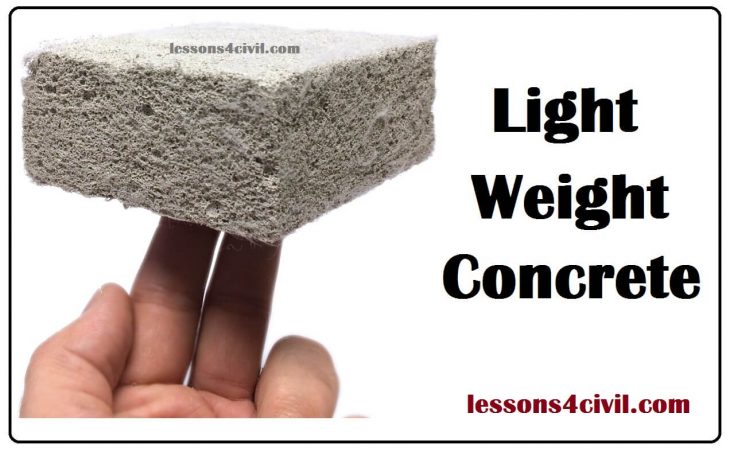light weight concrete
Light weight concrete can be used for both insulation purposes and construction of structural members. Using lightweight coarse aggregate can reduce the density of the concrete mixture to between 90 to 115 lb / ft³ (1440 to 1840 kg/m³). in other words, it is much lighter in comparison with the density of normal concrete, which is between 140 to 150 lb/ft³ (2240 to 2400 kg/m³). For non-structural usages, the density of this mixture can become even lower by increasing air voids.
Different kinds of Lightweight Concrete
Lightweight Concrete can be classified based on different criteria including their methods of production.
- lightweight aggregate concrete: this group contains porous lightweight aggregate with low apparent specific gravity lower than 2.6
- aerated, cellular, foamed or gas concrete: this group contains large voids
- no-fines concrete: if the fine aggregate is eliminated from the mixture, many interstitial voids is produced. This mixture is usually made by coarse aggregate which has normal weight.
Another classification can be done based on density of the concrete mixture:
- Low Density Concrete: its density is usually lower than 800 kg/m³ making them suitable for heat insulation. Its compressive strength is low, between 0.69 to 6.89 N/mm2.
- Moderate Density Concrete: its compressive strength is between 6.89 to 17.24 N/mm² . they can also be used for insulation purposes.
- Structural Concrete: this group are produced for structural members and has the highest compressive (more than 17.24 N/mm²).



Comments